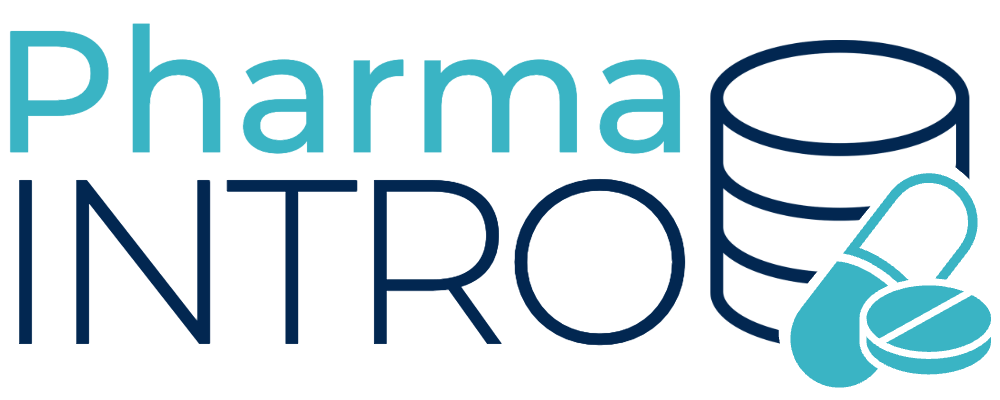Introduction
The pharmaceutical industry plays a crucial role in advancing medical science and improving human health. Developing a new drug is a complex and resource-intensive process that requires substantial investments of time, money, and expertise. In this article, we delve into the various factors that contribute to the cost of drug development, shedding light on the challenges faced by pharmaceutical companies, the significance of these expenses, and recent estimations of the cost involved.
Research and Development (R&D) Costs
The first stage of drug development involves extensive research and preclinical studies. Scientists explore potential drug targets, conduct laboratory experiments, and evaluate safety and efficacy in animal models. R&D costs represent a significant portion of drug development expenses. Pharmaceutical companies invest heavily in research activities, including hiring skilled researchers, funding laboratory equipment, conducting experiments, and managing intellectual property.
Clinical Trials
Clinical trials are a critical and often the most expensive stage of drug development. These trials involve testing the safety, efficacy, and dosage of a potential drug in human subjects. The costs associated with clinical trials encompass factors such as patient recruitment and enrollment, monitoring and data collection, regulatory compliance, ethics committee review, and the provision of study drugs. Moreover, the duration of clinical trials can range from several months to several years, further contributing to the overall expense.
Regulatory Approval and Post-Approval Commitments
After successful completion of clinical trials, pharmaceutical companies submit their drug applications to regulatory authorities, such as the FDA in the United States or the EMA in Europe. Securing regulatory approval involves costs related to compiling comprehensive dossiers, conducting additional studies if requested, and engaging in regulatory interactions. Additionally, post-approval commitments include ongoing pharmacovigilance activities to monitor the drug’s safety and report any adverse events.
Market Access and Marketing
Bringing a drug to market requires investments in market access strategies to ensure its availability to patients. Pharmaceutical companies negotiate with payers, seek reimbursement, and establish distribution channels. Marketing and promotional activities, such as advertising, medical education events, and sales force activities, contribute to the overall cost of drug development.
The Cost of Developing a Drug
Estimating the exact cost of drug development is challenging due to the proprietary and confidential nature of financial information within pharmaceutical companies. However, studies suggest that the average cost of developing a new drug from discovery to marketing approval is approximately $2.6 billion. This figure considers the costs incurred by companies for both successful and unsuccessful projects, accounting for the time value of money.
The cost can vary depending on factors such as the therapeutic area, complexity of the disease, R&D timeline, regulatory requirements, and the success rate of the drug development process. Developing drugs for complex diseases tends to be more expensive due to intricate biology, higher risks, and longer development timelines.
Conclusion
Developing a new drug in the pharmaceutical industry is a complex and expensive endeavor. The cost of drug development encompasses research and development, clinical trials, regulatory approval, post-approval commitments, market access efforts, and marketing. While estimations suggest an average cost of $2.6 billion, the actual expenses can vary widely based on therapeutic area and individual project factors.
The high costs of drug development reflect the significant investments required to discover and bring new treatments to market. Balancing the need for innovation and affordability remains a challenge for both the industry and society as a whole. Ongoing efforts within the pharmaceutical industry aim to optimize processes, enhance efficiency, and reduce costs to make innovative therapies more accessible to patients in need.

